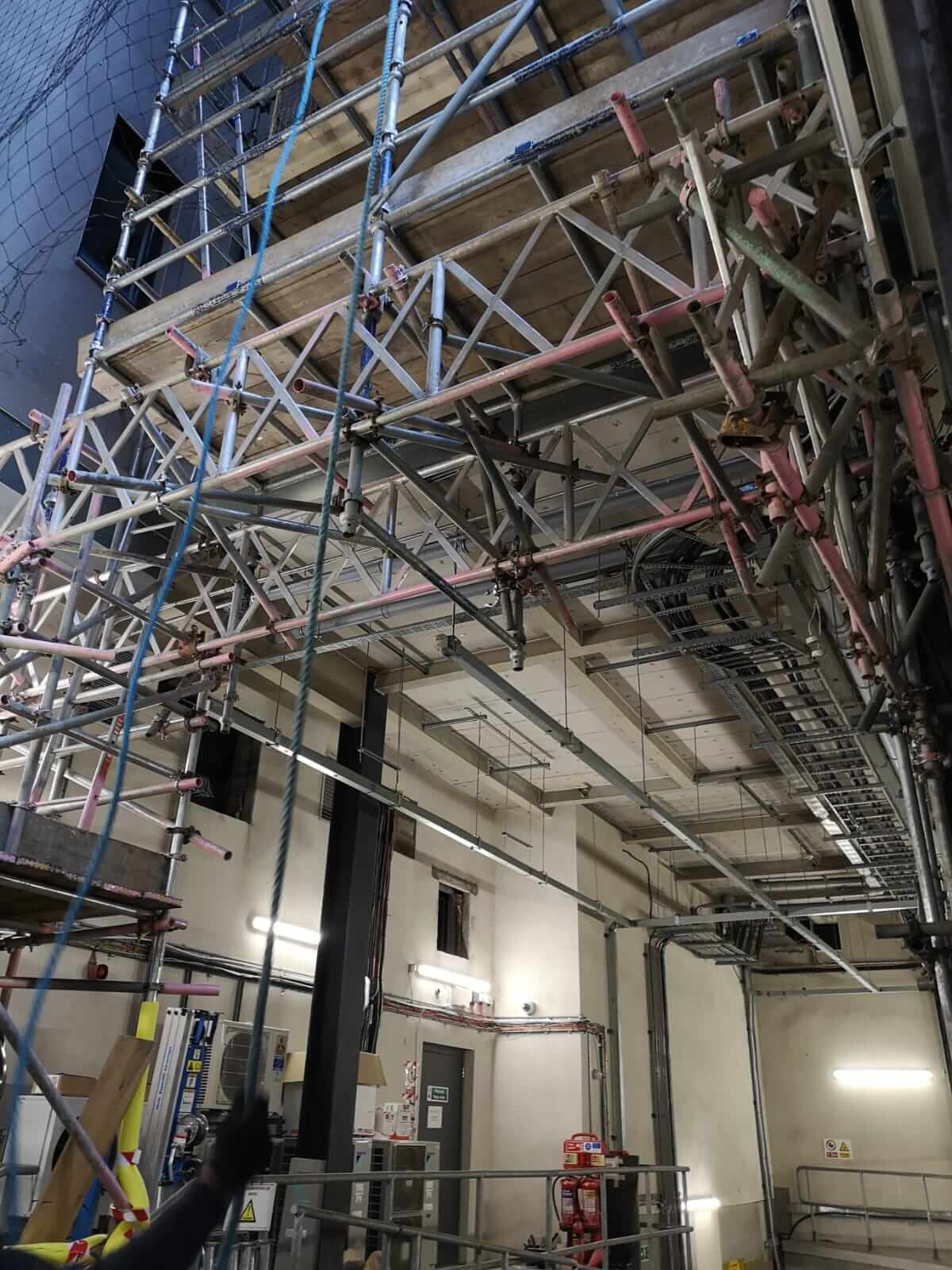In the ever-evolving landscape of construction, business scaffolding stands as a crucial element that enhances productivity and safety in multiple projects. Ranging from towering skyscrapers to intricate rehabs, scaffolding offers the necessary support and entry to work at elevated positions, ensuring that workers can perform their duties effectively. However, what exactly is business scaffolding, and how come has it become essential in the contemporary construction industry? Understanding its importance not only helps meet regulatory standards but also facilitates more streamlined project management, ultimately leading to favorable outcomes.
As we explore the world of commercial scaffolding, we will explore various kinds of scaffolding systems, their role in improving job site safety, and the regulatory guidelines such as OSHA guidelines that govern their application. Moreover, we will highlight important considerations for choosing the right scaffolding options for your specific project needs, including tall constructions to retail and office developments. By the end of this conversation, you will have a thorough grasp of how effective scaffolding practices can revolutionize construction operations, guaranteeing both safety and efficiency at every turn.
Understanding Industrial Frameworks
Business frameworks is a transitory structure utilized to aid workers and resources during the erection or renovation of industrial buildings. It offers a protected and steady platform for erection activities at multiple levels, facilitating teams to execute tasks successfully. Frameworks is essential in big projects where conventional ladders or framework alternatives may not suffice, allowing for greater access to different levels of a building, enhancing productivity, and ensuring that jobs can be accomplished in a timely way.
There are multiple categories of scaffolding employed in industrial projects, such as structured scaffolding, system scaffolding, and tubular frameworks. All kind serves varied uses and is picked based on criteria such as the project's distinct requirements, elevation, and difficulty. For case in point, system scaffolding is very flexible and can be adapted for multiple building layouts, while structured scaffolding is often used for simple jobs that do not require significant customization. Understanding the distinct kinds helps site managers determine the most effective method for their requirements.
The importance of scaffolding in modern building cannot be overemphasized. It not only boosts site security by delivering safe platforms for employees but also fosters to output by minimizing the time employees spend traveling between various levels. As commercial projects often involve teams collaborating on several tasks at the same time, efficient scaffolding solutions promote continuous processes, minimize delays, and promote an organized work atmosphere. Ultimately, proper scaffolding is vital for successful project finishing, meeting timeframes, and ensuring high security criteria.
Security and Compliance in Scaffolding
Guaranteeing security and adherence is crucial in scaffolding operations, especially in business projects where the risks are significant. Employers must adhere to strict safety regulations set forth by agencies such as the Occupational Safety and Health Administration, which provide protocols that help ensure a safe working environment for all personnel involved. Adherence with these regulations not only protects workers but also reduces liability that can occur from incidents or unsafe conduct on the worksite.
Education is a key component of security compliance in scaffolding. Workers must be provided with the essential expertise and capabilities to recognize potential dangers and implement safety protocols effectively. https://articlescad.com/versatile-systems-choosing-the-right-structure-for-your-project-44923.html includes grasping how to conduct security assessments, correct use of equipment, and adhering to safety protocols. By investing in thorough training programs, companies can foster a culture of safety, ensuring that staff are alert and prepared to address any challenges that may emerge while operating at heights.

Moreover, routine maintenance and inspection of scaffold systems are essential for ongoing security compliance. This involves checking for soundness, deterioration, and ensuring all parts are functioning correctly. By conducting thorough evaluations and upkeeping equipment, construction companies can proactively identify and resolve issues, thereby ensuring the safety of their employees and the complete success of the undertaking. A dedication to security and compliance not only enhances worker protection but also contributes to the productivity and standing of the company as a complete entity.
Scaffolding Systems for Modern Projects
In the current rapid construction industry, efficient scaffolding solutions are essential for the effective completion of modern developments. With the growing complexity and scale of commercial builds, scaffolding methods must be flexible and responsive. Modular scaffolding has emerged as a preferred choice in this context, offering rapid assembly and disassembly, which minimizes downtime on site. This flexibility allows contractors to respond quickly to job changes and maintain tight schedules, thereby enhancing productivity and efficiency.
Worker safety remains a top priority in any construction job, and advanced scaffolding solutions incorporate features specifically designed to mitigate risks. Modern scaffolding equipment often includes safety rails, non-slip surfaces, and automatic locking mechanisms to improve worker protection. Moreover, these solutions are crafted to comply with the most current OSHA standards and industry standards, ensuring that job sites maintain a satisfactory level of safety for all personnel. Training programs tailored to educate workers with the specific scaffolding systems being used additionally bolster the commitment to a safe working culture.
The importance of scaffolding in the implementation of large-scale projects, such as high-rise buildings or expansive commercial complexes, cannot be ignored. Effective project planning and logistics play a critical role in the scaffolding setup, including factors such as load limits and site accessibility. Selecting the right type of scaffolding and understanding the unique requirements of each job ensures that construction efforts proceed smoothly. As projects continue to evolve, embracing cutting-edge scaffolding systems will be key to enhancing overall efficiency, maintaining safety standards, and achieving project success in contemporary construction.
